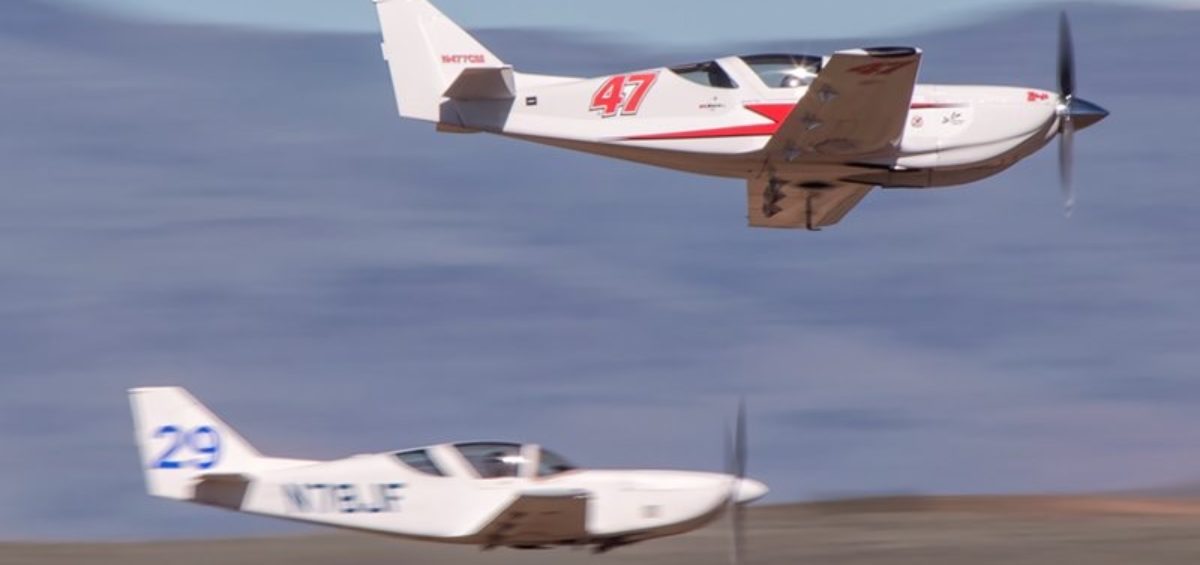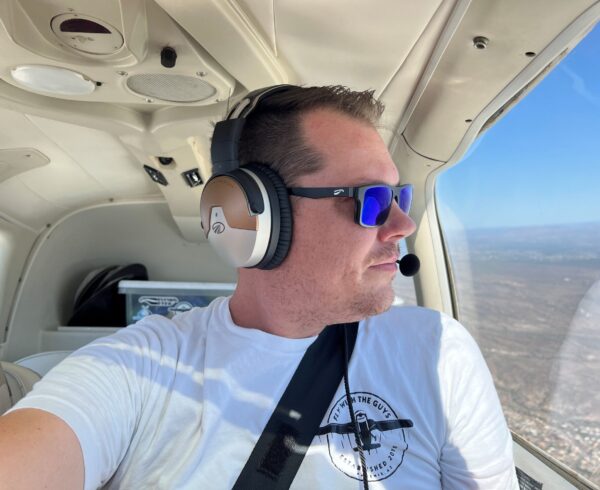Welcome to “Path to Your Dreams,” the blog series about fascinating and inspirational stories for young pilots trying to figure out their career path. We have talked with an eclectic group of pilots from various walks of life in aviation, to learn about how they followed their dreams in aviation. We hope you enjoy this installation!

The pilot: Bob Mills, air race pilot and formation air show performer out of Redwood City, California; Sports Class president for the National Championship Air Races; retired Navy Captain, F-14A Tomcat pilot, and TA-4J Skyhawk flight instructor; retired Southwest Airlines captain.
The dream: Air racing.
The path: Bob Mills’ love of flying goes back to his teens. Bob says he was “waffling” about a career path in junior college when his dad took a ground school class and signed up for a simulator class at the junior college. Realizing that Bob was struggling, his dad suggested that they take the simulator class together. They turned out to be the only students in the class, so they got all the instructor’s attention and all the flight time in the Frasca 510 Cessna flight simulator. As Bob says, “The hook was set.” At the end of the class, the instructor recommended that he consider going into aviation, his father offered to help, and just like that, his major changed to aviation. “I was an instant addict!” So, he studied aviation at Foothill College for two years, then got a BS in aeronautics at San Jose State. While at Foothills, he also got his private and commercial pilot’s certificates, his instrument rating, and his CFI and MEI certifications. At San Jose State he also instructed part time.

Bob was “all in, all the time” about flying, but when he graduated, the ranks of airline pilots were already full with Vietnam veterans. So, Bob talked to a Navy recruiter one afternoon, saw the recruiting films about F-14 Tomcats, and said “I want to do that!” He entered the Navy two days after college graduation, started aviation officer candidate school a week later, and ultimately spent 7 years on active duty and 23 years on reserve duty. During his service, Bob flew Beechcraft T-34s, T-2 Buckeyes, and TA-4J Skyhawks He was an instructor from 1983-1984, then flew Tomcats out of Miramar from 1984 to 1988. He was at Miramar when they filmed the movie Top Gun, and he says the work was “As close to heaven as you could possibly be. We always said the four best jobs in the world would be President of the United States, movie star, professional athlete, and Navy pilot out of Miramar.”
During his Navy years, Bob had gotten away from general aviation, and in his early airline years, recreational flying wasn’t in his family’s budget. And then in 2007, a fraternity brother from college who had an F-1 Rocket called up and said, “You need to buy my other airplane.” So, Bob bought and fixed up a red (of course) RV-6 with a big 540 motor, then dove into cross-country racing. But his plane was based at Reno-Stead, home of the National Championship Air Races and one day in 2011, champion pilot John Parker showed up at his hangar and asked, “When are you going to race that airplane?” He told Bob about the levels in sports class racing, and Bob’s next flying addiction was born!
When Bob left active service in the Navy, commercial pilot jobs were scarce again, so he worked stints as a commuter pilot for WestAir, a contract corporate pilot, and an air ambulance pilot out of Denver, which he says is “Probably one of the most gratifying jobs in aviation.” Then, in 1998, he was hired at Southwest Airlines.

Bob was already flying formation at airshows, and he’d learned to fly low and fast in the military, both important skills for air racing at Reno. In 2011, he flew in both the Bronze and the Silver class. He also began serving on the board of the National Championship Air Races and has been president of the Sports Class for 7 years. He says his path to air racing had a lot to do with luck. “I was fortunate to buy an airplane that’s fast for its type. I was fortunate enough to be based at Reno, the home of the Air Races. And I was fortunate enough to become friends with air race pilots. When I started racing with three F-1 Rocket pilots, it kind of opened the door for the RV crowd, the ‘Metal Mafia,’ as we call it.” The Sports Class at Reno is now up to 32 planes. Over the years, Bob has gotten to fly a Thunder Mustang, which is a scale-model P-51. Another friend offered the chance to race his L-39 jet, and he raced for 3 years in his own turbo-charged Glassair 3, moving up to Gold division. All in all, Bob says he’s had “More fun than should be allowed.” He’s helped train new race pilots and set standards for the class, and he’s flown with a wonderful mix of pilots, from military veterans and airline pilots to “young bucks and buckettes, because we have some excellent female pilots in the sport.”
Most memorable flights: “One was definitely my retirement flight, with my friends and family on the plane. There was a race flight when Jim Rust was on my wing the whole way, but I was able to hold him off. Just two guys locked, wing-to-wing, going around the pylons for 6 laps. We landed and shook hands and said, ‘What a race!’ And there was a day in the Tomcat when I got permission for an unrestricted climb, got cleared to climb to 14,000, pulled up into the clouds at 2,000 feet and came out going perfectly vertical. It looked like I imagine it looks launching into space, and my RIO [Radio Intercept Officer] just turned to me and said ‘Cool!’ That’s all he had to say.”

Flights on the bucket list: “I would jump at the chance to fly an F4U Corsair.”
Advice for other dreamers: “Set a high bar for yourself in terms of performance, attention to detail, and safety. An instrument rating isn’t required but it develops skill sets that are important to formation flying. I’d say to start from that point and then seek professional formation training, either Formation and Safety Team (FAST), which is primarily for warbird flying, or Formation Flying Incorporated (FFA). The training is usually free. Then, develop a very close relationship with your airplane. Know the limitations of your engine and airframe. Be well-versed in how it operates and how it’s maintained. Know how to lean the engine properly, how to manage the powerplant, fly both fast and slow. And get basic aerobatics training: not gyroscopic maneuvers, but rolls, loops, and basic inverted flight.



















I have flown along side Bob ( Call sign “Nasty” ) many times in various formations and shows. This guy is the “REAL DEAL” and a Legend in so many ways. What a great article to a one of a kind guy. A true Aviator.